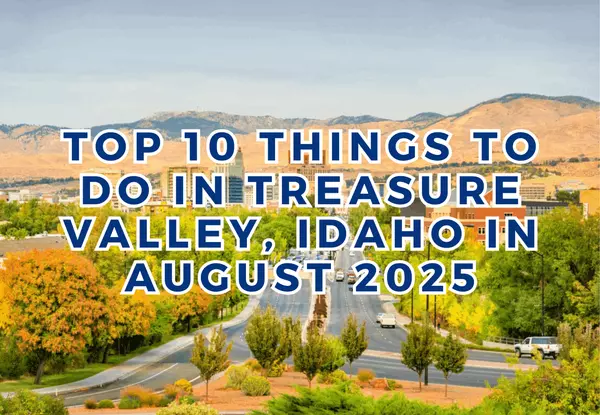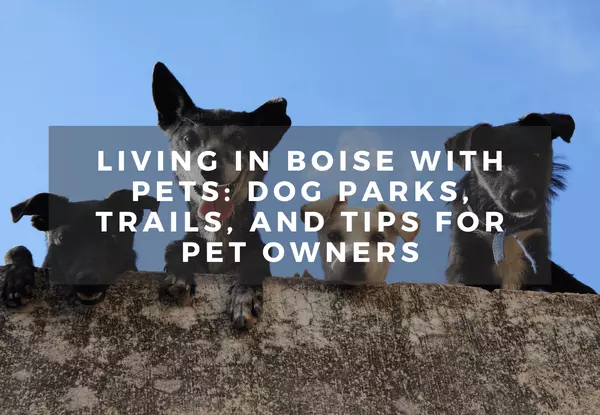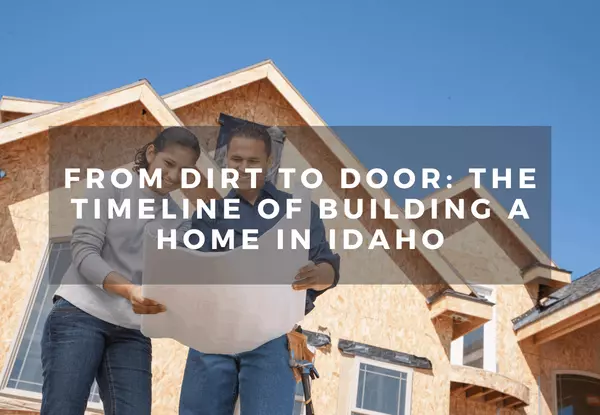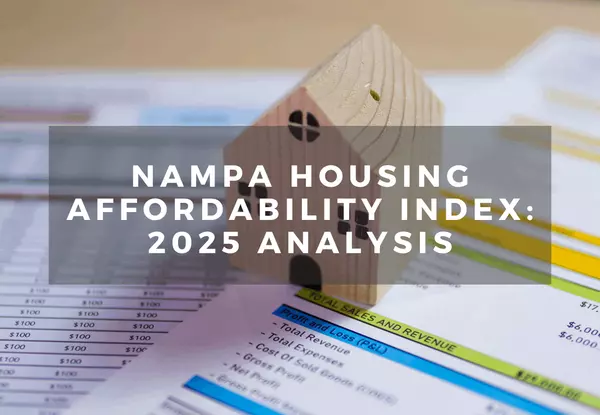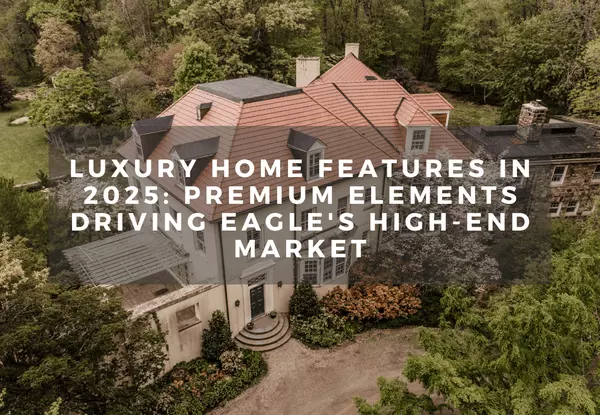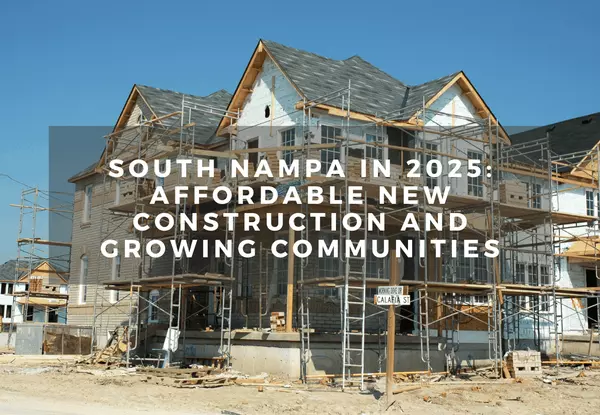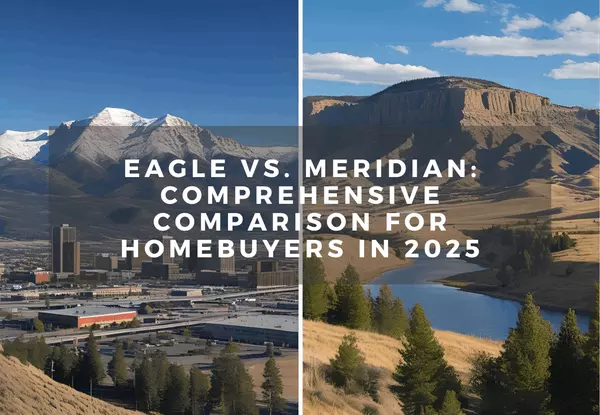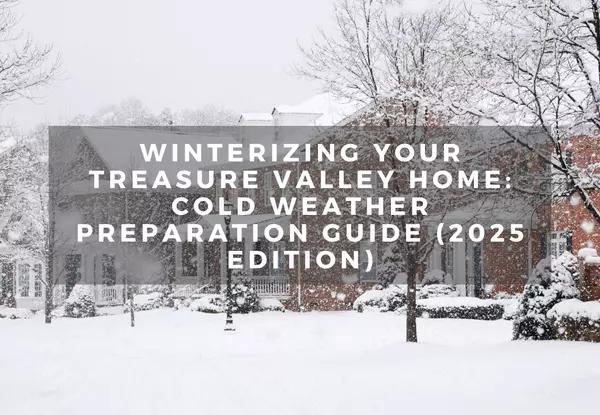Land Banking in Treasure Valley: A Strategic Guide to Long-Term Appreciation in Idaho’s Fastest-Growing Region
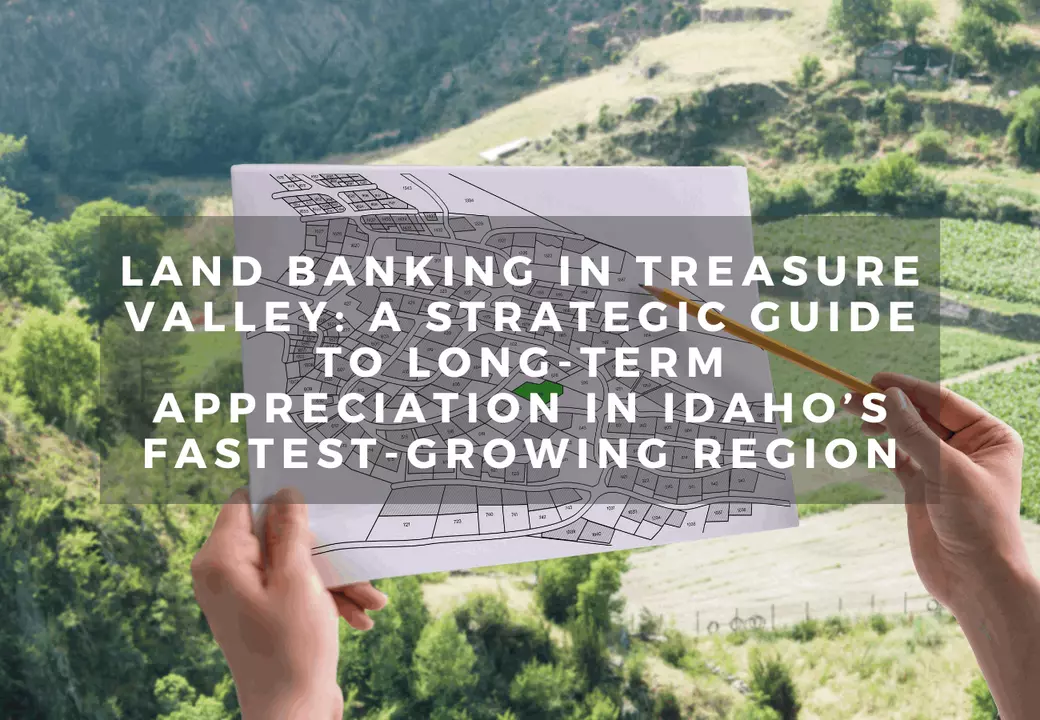
Thinking Beyond Today’s Market? Here’s Why Land Banking Is Gaining Traction in Treasure Valley
Everyone talks about flipping homes, buying rentals, or investing in commercial property. But there’s one strategy quietly building wealth for long-term thinkers in the Treasure Valley—and that’s land banking.
In this post, we’re going to break down what land banking actually is, why it’s become one of the smartest plays in the Boise metro area, and how you can identify the growth corridors with the highest potential for appreciation. Whether you’re an investor, developer, or someone thinking five to ten years ahead, this is your guide to speculative land acquisition in Idaho.
Let’s get into it.
What Is Land Banking?
Land banking is the strategic purchase of undeveloped or underutilized land with the goal of holding it for future appreciation or development. Think of it like buying a house before the neighborhood is built—except instead of the house, you’re buying the dirt beneath it.
In booming areas like the Treasure Valley, where population growth, infrastructure expansion, and job migration are driving change, land banking offers a lower upfront cost with high upside over time.
Key Characteristics of Land Banking:
-
Long-term investment horizon (5–20+ years)
-
Typically outside city limits or in newly annexed areas
-
Often purchased with cash or low-leverage terms
-
Appreciation driven by surrounding development and rezoning
Why Land Banking Works in the Treasure Valley
1. Explosive Population Growth
The Boise metro area has seen population growth of more than 20% in the last decade, and it’s not slowing down. Remote workers, retirees, and families continue to relocate from California, Oregon, Washington, and Texas.
With more people comes more demand—for homes, schools, commercial centers, and infrastructure. This demand stretches the metro boundaries and turns today’s open fields into tomorrow’s subdivisions.
2. Limited Supply of Infill Land
Within Boise and other core cities, there’s only so much buildable land left. That means developers are looking outward—to Kuna, Star, Middleton, South Nampa, and South Meridian—for the next wave of build-ready lots.
Buying land before the infrastructure catches up is where the long-term gains live.
3. Government Infrastructure Projects
Major investments in roads, interchanges, schools, and utilities almost always signal future development. Investors who buy before these upgrades are completed often benefit from significant value increases once the area is rezoned or subdivided.
4. Institutional Interest
Larger investment firms and developers have started quietly acquiring large tracts of land across Canyon and Ada County. When the big players show up early, it’s a clear indicator of confidence in the long-term direction.
Best Areas in Treasure Valley for Land Banking (2025 Edition)
Let’s break down some of the highest potential growth corridors where savvy investors are focusing their attention.
South Meridian / Kuna Growth Corridor
As Boise pushes south, the South Meridian and Kuna corridor has become a major hub for new schools, subdivisions, and highway improvements. The Ten Mile interchange has already changed traffic and development patterns, and new subdivisions are popping up every month.
Why It’s Hot:
-
New high school, YMCA, and road expansions
-
Proximity to I-84 via Ten Mile and Meridian interchanges
-
Huge demand for new construction
-
Lower land costs than Boise or North Meridian
Land Banking Tip: Look at parcels near Cloverdale, Hubbard, and Lake Hazel Roads—especially with nearby sewer expansion.
Highway 16 Corridor (North Star / Emmett Connector)
Highway 16 is being extended as part of a major Idaho Transportation Department project, which will connect it directly to I-84 and serve as a new north-south artery for the valley. This will open up hundreds of acres between Star, Middleton, and Emmett.
Why It’s Hot:
-
Fast-developing areas near Star’s north end
-
Easy access to the future Costco site and new retail
-
Star’s recent annexation of land for master-planned communities
-
Ideal for long-term residential or mixed-use development
Land Banking Tip: Focus on areas within one to three miles of the future freeway interchanges.
South Nampa & Lake Lowell Area
With Boise and Meridian getting expensive, many buyers are moving west to Nampa. The South Nampa area offers large parcels, scenic views, and access to Lake Lowell—but still remains underdeveloped.
Why It’s Hot:
-
Large lot sizes, future subdivisions already underway
-
Quiet, semi-rural feel with strong demand from relocating families
-
Lower land acquisition costs
-
Potential for luxury builds or equestrian communities
Land Banking Tip: Parcels off Greenhurst, Midland, or Locust Lane have strong long-term upside if utilities expand.
East Caldwell / Middleton Bluff Area
The bluff area between Caldwell and Middleton, especially near the Boise River, has huge upside potential for custom homes and view properties. As the wine region expands and Canyon County becomes more desirable, this area is getting attention.
Why It’s Hot:
-
Gorgeous views, river access, and rolling topography
-
Quiet rural feel with growing commuter demand
-
Limited supply of buildable land with character
-
Close to the Sunnyslope Wine Trail and I-84 access
Land Banking Tip: Seek parcels with minimal slope and preliminary road access. Look for large parcels zoned for future splits.
West Boise / Eagle Borderlands
Boise is nearly built out, but the western edges near Chinden Blvd and Eagle Rd offer potential for strategic infill or high-end development. While land here is more expensive, the right parcel can lead to major returns if zoned or subdivided properly.
Why It’s Hot:
-
Close to The Village, Costco, and employment centers
-
Strong demand for luxury homes and semi-custom neighborhoods
-
Land near the Chinden corridor is in high demand from builders
Land Banking Tip: Pay attention to mixed-use zoning potential and future retail/residential hybrid development.
How to Evaluate a Land Banking Deal
1. Zoning and Future Land Use
Start with the county’s Comprehensive Plan. This document outlines long-term land use intentions and can help you determine whether your parcel may be rezoned for residential or commercial use in the future.
Bonus Tip: Check for "Transitional Land Use" designations—these are often ripe for value jumps.
2. Access to Utilities
Even the best-located parcel won’t appreciate if utilities can’t reach it. Confirm distance to:
-
Sewer
-
Water
-
Power
-
Natural gas
-
Internet (fiber expansion zones)
The closer you are to existing service lines, the more valuable your land becomes over time.
3. Road Frontage & Access
Legal access is key. Parcels with road frontage, access easements, or proximity to improved roads will be more attractive to future buyers or developers.
4. Environmental Restrictions
Wetlands, flood zones, and irrigation ditches can limit future buildability. Always check with a civil engineer or planning department before purchasing.
5. Growth Patterns
Use tools like Google Earth’s historical timeline, county plat maps, and MLS data to study development trends. Is the growth moving toward your parcel—or past it?
Pros and Cons of Land Banking in the Treasure Valley
Pros:
✅ Lower acquisition cost than built real estate
✅ Long-term capital appreciation potential
✅ Less maintenance and management required
✅ Hedge against inflation and land scarcity
✅ Can be sold to developers, farmers, or end-users later
Cons:
❌ Typically no immediate cash flow
❌ Holding costs (taxes, weed abatement, insurance)
❌ Zoning or development can take years
❌ Access or utility issues may limit short-term value
❌ Liquidity can be limited compared to residential sales
Land Banking vs. Residential Investing: Which Is Better?
If you want:
-
Monthly income → Go with rentals
-
Long-term equity → Land banking can outperform
-
Tax benefits today → Rentals win (depreciation, write-offs)
-
Minimal headaches → Land is simpler and lower-maintenance
Many investors diversify by doing both—owning income-producing property while holding appreciating land as a future exit or legacy asset.
Final Thoughts: Land Banking Isn’t Flashy—But It Works
In a market like the Treasure Valley, timing and location are everything. Land banking gives you the chance to ride the wave of growth before it arrives—without the stress of managing a property day-to-day.
If you're ready to think long-term and build wealth through strategic land ownership, now is the time to move. The best parcels are already getting scooped up quietly.
Let’s get you ahead of the curve—before the roads, rooftops, and retail show up.
📞 Call or Text Curtis at (208) 510-0427
📧 info@chismteam.com
📥 Ready to relocate remotely? Download our Boise Relocation Guide
Categories
Recent Posts
